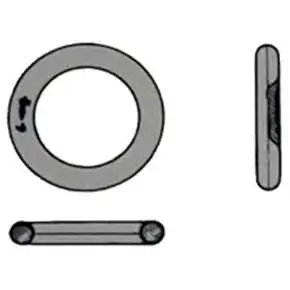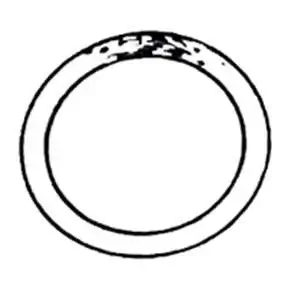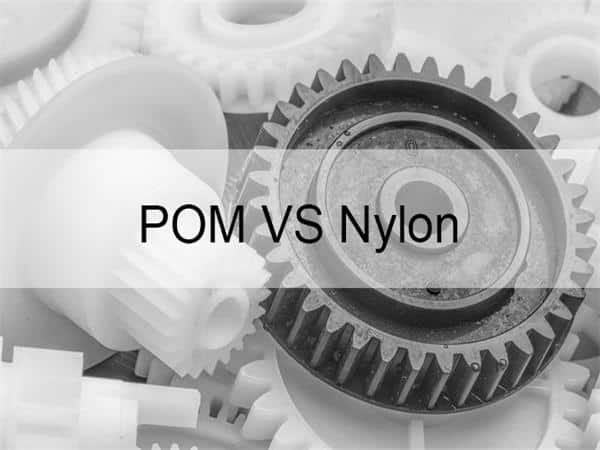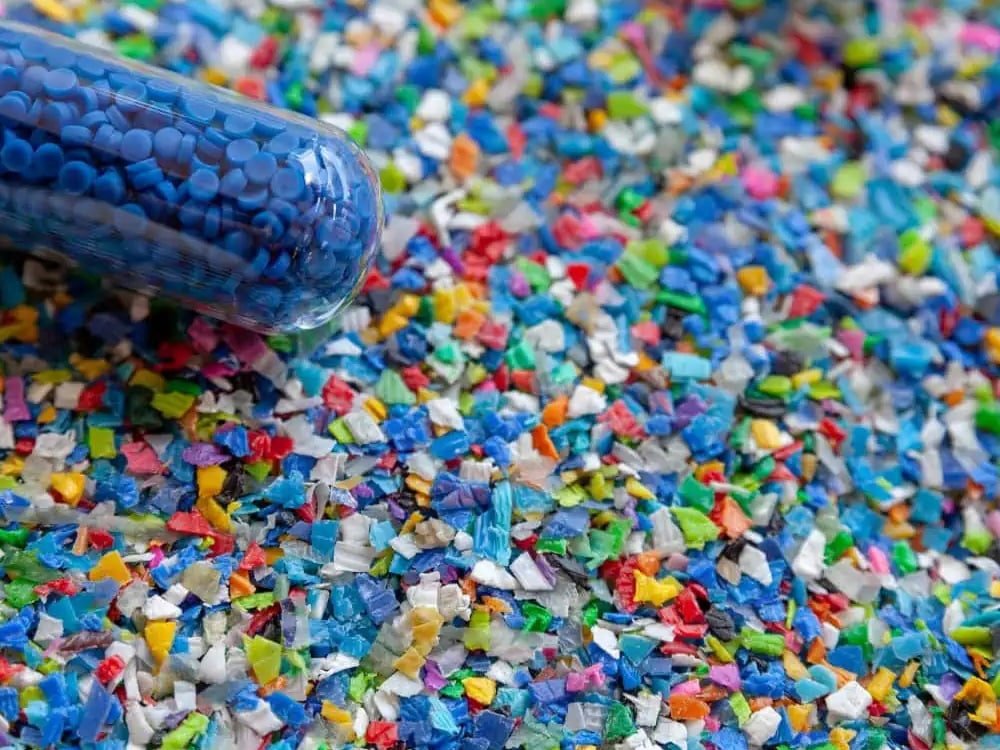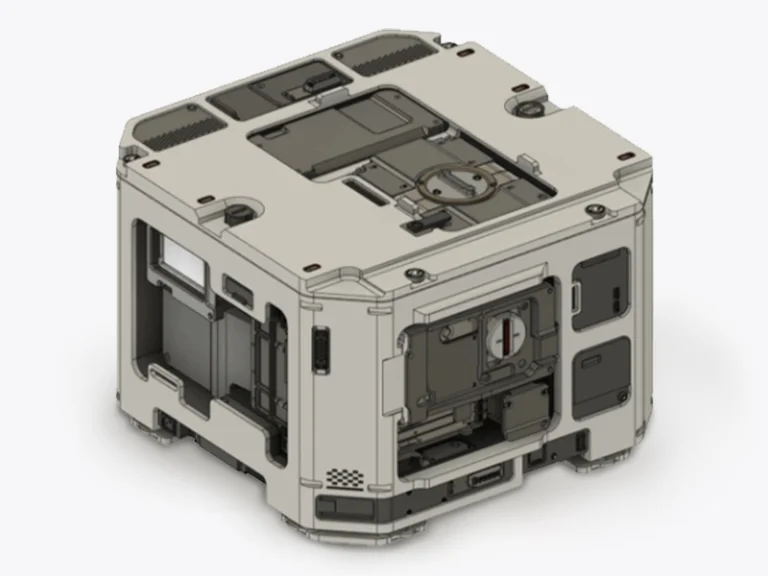Have you ever wondered about the most common rubber parts defects and how they could impact your projects? During the rubber molding process, various defects can arise, affecting product quality and performance. Many of these rubber parts defects are similar to injection molding defects, including issues like warping, short shots, flash, or surface imperfections. Understanding these potential challenges can be crucial in optimizing your manufacturing process and ensuring high-quality outcomes.
What is the Rubber Molding Process?
Before we begin looking at some of the main rubber molding defects and remedies, it’s worthwhile to consider how the rubber molding process works.
There are three main rubber molding processes:
- Injection Molding
- Transfer Molding
- Compression Molding
Each method varies in technique, cost, and the types of parts it’s best suited for. Among them, compression molding is often praised for its simplicity and efficiency. That’s why many leading manufacturers—like Jiangzhi Rubber and Plastic—utilize this process to deliver consistent, high-quality rubber components for various industries.
Common Rubber Parts Defects
In any of the aforementioned rubber molding processes, defects can arise in the final product — including those specific to rubber compression molding defects. These issues can make your rubber parts more difficult to work with or, in some cases, render them entirely unusable.
Some of the most common rubber moulding defects you might experience include the following points.
Shrinkage
In some scenarios, rubber parts can shrink after they have been removed from the mold. This may be because the mold cavity itself is too small for the final size of the part; as a result, it’s possible for the product to either shrink after being removed or otherwise be an unsuitable size.
Warping
In many scenarios, warping can occur when the rubber part doesn’t cool as intended, resulting from improper molding conditions. Warpage may mean that the final part is , and this will usually make most parts defective.
Brittle Materials
If you notice that your rubber parts seem to be brittle after the molding process, this could potentially increase the risk of further defects arising down the line too. Brittle rubber parts are incredibly likely to crack, and in some cases, they could break completely – certainly not living up to the elasticity expectations of typical rubber parts.
Excess Material
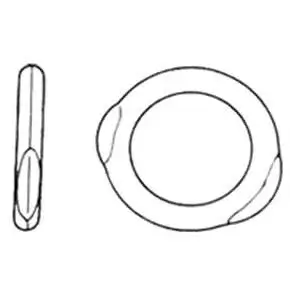
rubber molding defects Excess Rubber In some cases, weaknesses in the molds can cause excess material and shape deformities in your rubber parts. Though this can often be fixed simply by trimming off the excess, it’s nevertheless a frustrating scenario to find yourself in, especially if this seems to continue happening.
Contaminants
In some cases, if the materials used during the rubber molding process are not completely pure, contaminants could be used in the rubber part’s production. Contaminants can be a significant issue, in many cases, since they may compromise the strength of your rubber parts overall. In line with this, partnering with a professional team that uses suitable quality control and contaminant prevention strategies is integral.

rubber defects Contaminants Under certain circumstances, contamination may not be a major problem – for example, this could cause slight discoloration of the final rubber part. However, contaminants could severely hinder the part’s suitability in many cases, especially if found in significant quantities in the final product.
Porosity
In a handful of cases, porosity can become a notable issue with your rubber parts. Porous rubber parts will allow water to pass through in significant quantities or just a little. Nevertheless, this can represent a significant issue, especially if the rubber part is being used to seal a system where water could cause problems overall.
Underfilled Molds

rubber defects NonFills Underfilled molds are one of the most common causes of rubber parts defects that you should be aware of. When a mold is underfilled, key parts may be missed – for example, an important part of a design. This can make a significant difference when it comes to your ability to use the tool, as it may be unfunctional.
How to Resolve Rubber Molding Defects
If you have experienced rubber parts defects with your own manufacturing lines, there are several possible options you could consider to resolve them. Keeping these potential issues in mind can be a simple way to ensure that your rubber parts are manufactured successfully. And, when looking for a rubber parts manufacturer to help, be sure to check that these are always carefully scrutinized as part of the quality control process for your chosen brand.
Ensure Proper Filling of Molds
One of the most important things to do when it comes to rubber parts defects is to ensure proper filling of molds. In many cases, improperly filled molds are a major cause of issues when it comes to your rubber parts, so increasing the shot size or taking greater care in terms of the filling process can help with filling the molds fully.
Increase System Pressure
Shrinkage can be a major problem, but this is often easy to resolve by increasing the pressure in the cavity. However, if you attempt to increase the system pressure, ensure that doing so will not compromise the system’s safety.
Increase Cycle Time
If you don’t keep a long enough cycle time, you might find that your rubber parts end up warping. In line with this, increasing the cycle time may prove helpful if you have been having difficulties with warpage or shrinkage.
Use Large Molds
If you have been having difficulties with your rubber parts shrinking to a too-small size, using a large mold can often offer a simple solution to overcome this challenge. The mold cavity should always allow suitable room for any shrinkage that may occur; a professional brand should be able to account for this when calculating the mold size and capacity.
Change Temperatures
Having the wrong temperature in your rubber molding system can play a significant role in influencing the final characteristics of the material. If you have noticed that your rubber tools are brittle, this may be due to lower mold temperatures; alternatively, if you’ve noticed a warpage in the material, you may need to increase the temperature somewhat.
Contact a Professional Team for Further Manufacturing Support
Of course, if you repeatedly experience rubber parts defects, it may be worth looking for a different supplier instead. Professional rubber parts manufacturers, such as our experts here at Jiangzhi Rubber and Plastic, should be able to help you find the ideal solutions for your struggles.
Remember: many of the most common rubber parts defects can be resolved simply by using effective manufacturing strategies! Fortunately, our experts integrate the best possible manufacturing processes at every stage, ensuring you get amazing results for your rubber parts every time.
For a more in-depth look at rubber molding defect solutions, refer to this rubber molding defects troubleshooting guide by Zhongren .
Why Work with a Professional Rubber Parts Manufacturer?
If you frequently face rubber defects, it may be time to re-evaluate your supplier or internal processes. At Jiangzhi Rubber and Plastic, we:
Use precision compression molds built to tight tolerances
- Perform rigorous quality checks at every stage of production
- Customize solutions based on your specific part design and material needs
Final Thoughts Rubber Molded Parts
Understanding the most common rubber molding defects—and how to effectively resolve them—is essential for any business aiming to improve manufacturing efficiency and product quality. While these defects can often cause significant delays or increased costs, they don’t have to stand in the way of your production goals.
That’s why we’ve put together a practical overview of the most frequent rubber molding issues and their remedies. With the right insights, many of these problems are easier to fix than you might think. By addressing defects early, you can minimize waste, reduce product rejections, and ensure reliable performance—whether you’re producing seals, grommets, or custom industrial components. In short, proactive defect management can make a real difference in your bottom line.

